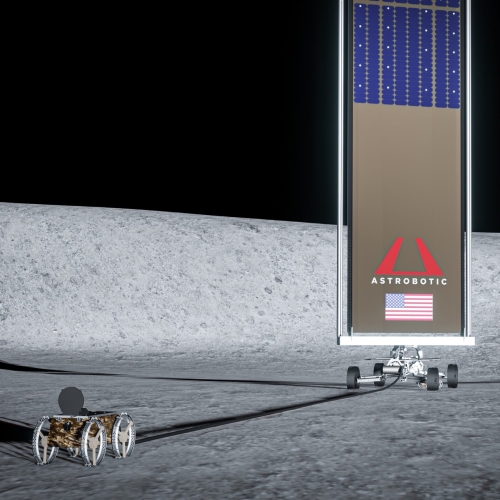Capitalism in space: Though Blue Origin appears only a few weeks from delivering its first flightworthy BE-4 rocket engine to ULA for use in that company’s new not-yet-launched Vulcan rocket, the second flightworthy engine is further delayed due to technical problems discovered when static fire testing began.
Sources told Ars that the first engine was put onto the test stand in Texas early in August, but almost as soon as work began to hot-fire the powerful engine, an issue was discovered with the engine build. This necessitated a shipment back to Blue Origin’s factory in mid-August, as the company’s test stands in Texas do not allow for more than minor work.
As a result of this technical issue, ULA now appears likely to get one flight engine this month, but it probably will not receive the other one for installation onto the Vulcan rocket before mid-October, assuming a clean battery of tests in Texas.
This issue almost certainly means that Vulcan will not attempt its first launch this year. The rocket is thus more than three years behind schedule.
The problems outlined here however are far greater than simply the technical issues with this one engine. First, Blue Origin’s pace of operations continues to be far too leisurely. Nothing the company has done since 2017 has proceeded with any sense of urgency, and thus neither ULA nor Blue Origin have been able to launch their rockets.
Second, and far more important, Blue Origin is supposed to be manufacturing the BE-4 for two rockets, both Vulcan and its own New Glenn. Neither rocket will be reusable to begin with, which means the number of needed engines required at first will be high. For example, ULA has contracts to launch Vulcan twice almost immediately, with the need to follow these with several military launches. Each launch will require two BE-4 engines, so Blue Origin at a minimum needs to manufacture four engines, probably more, just to fulfill its obligations to ULA. To supply its own New Glenn rocket, it needs seven BE-4 engines for each launch, with the company having four launches on its manifest for 2023.
All told, Blue Origin thus has to deliver, at a minimum, 32 engines in 2023 alone, to meet its contractual obligations. And since the rockets and engines will be untested, expect at least one or two launch failures that will further increase the need for more engines.
Yet, there is no sign that Blue Origin has figured out how to manufacture these engines on an assembly line basis. Even if it gets these two engines delivered soon, it is unclear it can produce a lot of flightworthy engines fast enough to meet this launch schedule. Expect therefore that both rockets will continue to experience launch delays that could stretch out years.
Meanwhile, a plethora of new rocket companies have been appearing, all aiming eventually to compete with Blue Origin and ULA. If Blue Origin doesn’t get a move on, these new companies will soon be in a position to replace both it and ULA, entirely.


